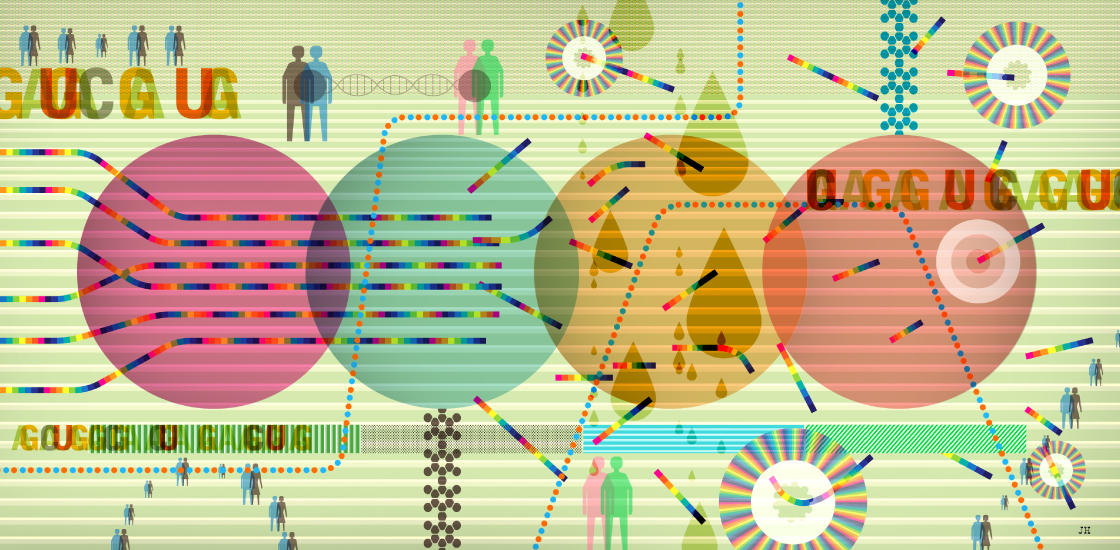Where do we stand in our understanding of autism genetics — and what major questions remain? A molecular biologist supplies answers in stanzas.
THIS ARTICLE IS MORE THAN FIVE YEARS OLD
This article is more than five years old. Autism research — and science in general — is constantly evolving, so older articles may contain information or theories that have been reevaluated since their original publication date.

1.
where have we gotten to from genetic analysis?
a. an understanding of the genetic architecture
i. role of de novo mutation
ii. role of transmission
b. a bevy of target genes
c. estimates of target size
d. the concept of gene vulnerability
e. awareness of genetic-phenotypic correlations
f. understanding of noncoding variants
g. beginnings of understanding of gender roles
2.
what can we do with it?
a. inform our understanding of the genetic basis of autism
b. diagnosis and counseling
c. develop individualized therapies
d. inspire therapies tested by stratification
3.
is this the end of the road?
a. hardly, not complete at gene target level
b. hardly, crack the noncoding and missense mutations
c. hardly, architecture not completely specified, especially the nature of multiplex autism
d. hardly, no modifiers known
e. hardly, no sensible functional stratification
4.
what is to be done?
a. continue to gather information
b. aggregate by functional overlap
c. stratify treatment by functional overlap
d. develop understanding of gender modifiers
Michael Wigler is a professor at Cold Spring Harbor Laboratory in New York.

By joining the discussion, you agree to our privacy policy.